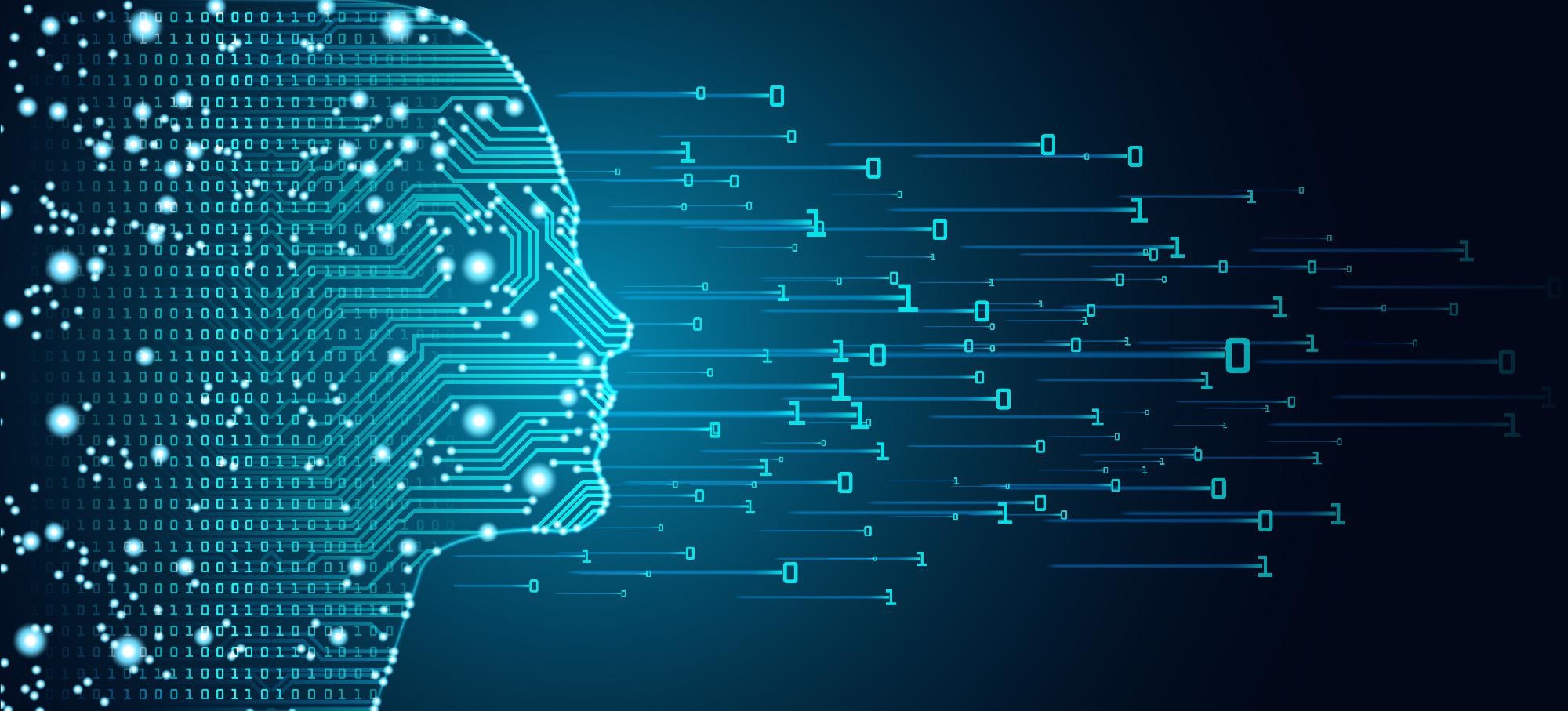In an article recently published in the journal ACS Applied Materials & Interfaces, using machine learning (ML) and Wannier analysis, an effective divide-and-conquer strategy is proposed to develop Hamiltonian of the system.

Study: All-Atom Nonadiabatic Dynamics Simulation of Hybrid Graphene Nanoribbons Based on Wannier Analysis and Machine Learning. Image Credit: Ryzhi/Shutterstock.com
Optimum Dynamics for Requisite Simulations
Several essential excitons and electron dynamic mechanisms, such as charge carrier movement, relaxing and diffusing excitons, segregation of electrons and holes, and recombination, are critical aspects in photovoltaic conversion devices, including solar panels, field-effect semiconductors, and LEDs.
The dynamics of excitons and electrons are closely related to nuclear movements in these circumstances, and hence all fall under the framework of diabatic dynamics.
In general, traditional molecular dynamics does not describe fundamental quantum phenomena, but pure quantum dynamics has enormous processing requirements when a significant number of degrees of freedom (DOFs) are concerned. As a result, combined quantum-classical dynamics turns out to be a viable option for generic diabatic dynamics simulations.
Fewest switches surface hopping (FSSH) has received a lot of interest in several various research domains, owing to its simplicity of application and an acceptable compromise between economy and dependability.
How the FSSH Algorithm Works and its Major Drawback
The time-reliant Schrödinger model is used to address the quantum DOFs in the standard FSSH method, while the Newtonian model is used to develop the traditional DOFs on the dynamic potential energy surface (PES).
On-the-fly FSSH computations have been extensively utilized to examine collisions among molecules, proton transference, photodissociation, and photoisomerization in tiny molecules when paired with ab initio electronic framework computations.
However, for exciton and electron dynamics existing in substantially bigger systems such as polymeric composites, aggregates, interfaces, solids, and surfaces, carrying out the FSSH computation with ab initio electronic framework estimations is usually quite a time-intensive because the computation complexity grows to about O(N3), where N is the size of the system.
Furthermore, due to nonadiabatic couplings (NACs) diverging towards energy degeneracy, the classic FSSH technique often needs a relatively short time-step size to tackle complicated surface crossings in prolonged systems.
The Advantage of Machine Learning
In recent years, the introduction of machine learning (ML) in quantum chemistry has permitted several improvements that were previously out of reach due to the high computing cost of classical electronic structure computations.
Machine learning has been frequently used to forecast potential energies, atomic forces, and excitonic and electronic couplings. Considerable advancement has been made in the area of diabatic dynamics computations in particular.
The fragment-orbital based surface hopping technique was used to investigate charge transport in systems containing thousands of organic molecules. Wannier functions may be described in terms of unitary transformations of Bloch functions for periodic systems; however, the conversion is not unique due to the gauge freedom of Bloch functions.
Such indeterminacy may be handled by reducing the total spread function of the Wannier functions, resulting in the most significant number of localized Wannier functions (MLWFs).
Because of their orthogonality and localization on individual atoms, MLWFs may be readily adopted as diabatic states to generate one-electron Hamiltonians for large systems, making them attractive for broad nonadiabatic dynamics simulations.
Important Findings of the Study
The team suggested a unique all-atom diabatic dynamics computation technique based on the ML-assisted Wannier Hamiltonian.
The Hamiltonian components in the MLWF basis were trained by ANN models employing pairwise atom distances as structural descriptors in a sequence of periodic segments.
The trained ANNs were employed to create the Wannier Hamiltonians of large systems at the ab initio level of accuracy while using little processing resources. They proved that 3-ZGNR follows the bandlike transport mechanism, while an electron hops between trap states in 3-CGNR by using the approach to analyze charge transport in 3-ZGNR and 3-CGNR.
In hybrid GNRs, the interaction between localized and delocalized states has been fine-tuned, and transitory delocalization and localization have been seen.
The suggested all-atom nonadiabatic dynamics technique has been successfully employed to analyze systems with more than 10,000 atoms, indicating that it may be a strong methodology for general electron and exciton dynamics simulations.
As examples of the technique, the team looked at certain thin GNRs with zigzag edge topology in this paper. Wider GNRs with armchair or other more complicated edges are being researched at the moment.
The technique might potentially be used in more complicated systems, such as solids, surfaces, polymers, and molecular aggregates.
Reference
Wang, Z., Dong, J., Qiu, J., & Wang, L. (2022). All-Atom Nonadiabatic Dynamics Simulation of Hybrid Graphene Nanoribbons Based on Wannier Analysis and Machine Learning. ACS Applied Materials & Interfaces. Available at: https://pubs.acs.org/doi/10.1021/acsami.1c22181
Disclaimer: The views expressed here are those of the author expressed in their private capacity and do not necessarily represent the views of AZoM.com Limited T/A AZoNetwork the owner and operator of this website. This disclaimer forms part of the Terms and conditions of use of this website.